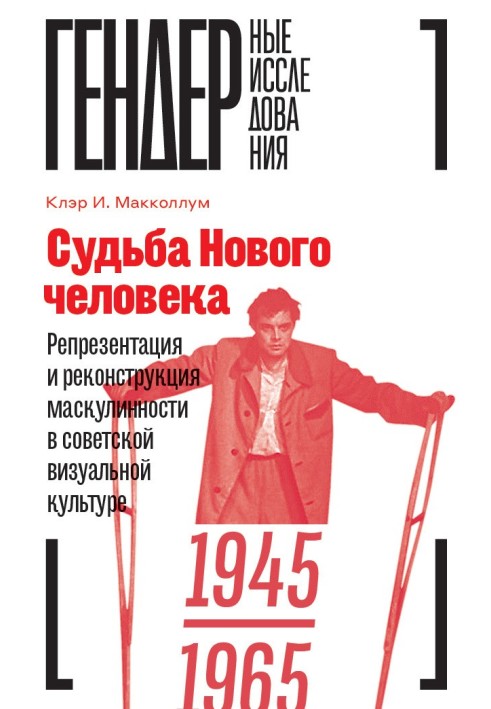The fate of the New Man. Representation and reconstruction of masculinity in Soviet visual culture, 1945–1965
 Instant download
Instant download
after payment (24/7)
 Wide range of formats
Wide range of formats
(for all gadgets)
 Full book
Full book
(including for Apple and Android)
In the first post-war years, a new image of masculinity, based on the ideals of a soldier and a father (a figure almost never seen in the visual culture of the USSR in the 1930s), clearly emerged on the pages of large-circulation Soviet publications (from Ogonyok to fine art almanacs). The decisive factor in the formation of this image was the catastrophic experience of the Second World War. The death, physical and psychological trauma of millions of men, their shortage in the post-war period, although obscured in socialist realist culture, were too great and obvious to be completely ignored by official propaganda. It was the war, and not the end of the era of Stalinism, that determined the male ideal characteristic of the Thaw period. Although he did not always coincide with the real sense of self of Soviet men, he was taken into account and looked up to. Reconstructing the image of masculinity in the post-war USSR, the author uses extensive illustrative material. Claire E. McCollum is a British historian and lecturer at the University of Exeter (UK).
Data sheet
- Name of the Author
- Клэр Макколлум И.
- Language
- Russian
- Translator
- Николай Петрович Проценко












